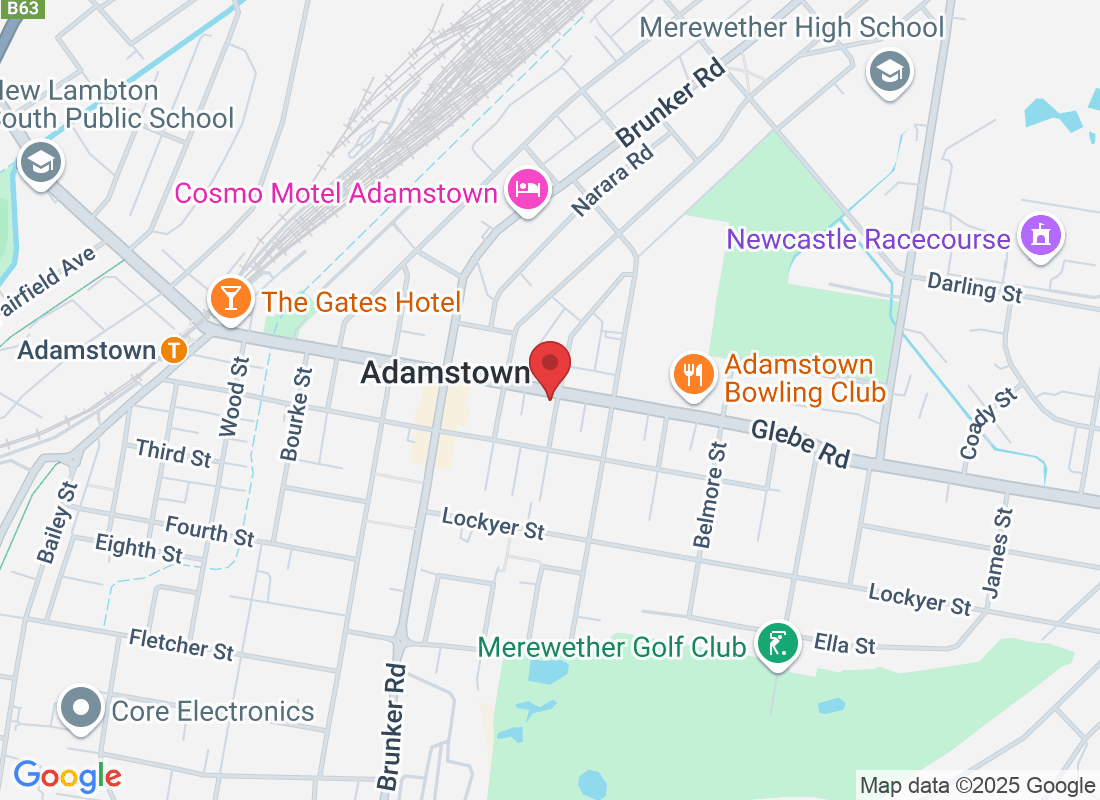
Dry Needling 101: What It Is and How It Helps with Pain Relief
If you’ve ever struggled with persistent muscle tightness, discomfort, or restricted movement, you know how frustrating it can be to find long-lasting relief. Many treatment options exist, but one technique that has gained significant popularity is dry needling. This method is widely used to help release muscle tension, reduce pain, and improve movement—often delivering noticeable relief in a short period.
But what exactly is dry needling? How does it work, and how does it compare to other treatments? Let’s explore its benefits, how it functions, and what to expect from a session.
What Is Dry Needling?
Dry needling is a treatment technique used to address muscle tightness, pain, and mobility restrictions by inserting thin, sterile needles into specific trigger points—knots or tight bands within muscles. This process stimulates the muscle, nervous system, and circulation to promote healing and reduce discomfort.
Unlike acupuncture, which is based on traditional Chinese medicine and the concept of energy flow (Qi), dry needling is rooted in modern pain science and musculoskeletal therapy. The term “dry” means that the needles do not inject any liquid or medication—they simply work to release muscle tension naturally.
How Does Dry Needling Work?
Muscles can become overworked, fatigued, or injured, leading to the development of trigger points—localized areas of tightness or knots that contribute to discomfort and movement restrictions. These trigger points can also cause referred pain, meaning discomfort may be felt in a different area from where the actual muscle dysfunction is occurring.
When a thin needle is inserted into a trigger point, it helps in several ways:
Releasing Muscle Tension: The insertion of the needle encourages the muscle to relax, allowing it to return to its normal function.
Increasing Blood Flow: This helps deliver oxygen and nutrients to the affected area, promoting faster recovery.
Stimulating the Nervous System: Dry needling can alter the way pain signals are processed by the brain, reducing discomfort and improving movement.
What Conditions Can Dry Needling Help With?
Dry needling is commonly used for muscle pain, stiffness, and joint mobility issues. Some of the most frequent conditions treated with dry needling include:
Chronic Muscle Tension and Pain
Muscle tightness in areas such as the neck, shoulders, back, and legs can contribute to ongoing discomfort. Dry needling helps release these tight spots, leading to improved movement and relief from soreness.
Sports Injuries
Athletes dealing with muscle strains, repetitive use injuries, or post-workout soreness can benefit from dry needling as part of their recovery process.
Headaches and Migraines
Tension in the neck, shoulders, and jaw is often linked to headaches and migraines. By targeting these tight muscles, dry needling can help reduce headache frequency and intensity.
Lower Back Pain
Many cases of back discomfort are associated with muscle stiffness, poor posture, or imbalances. Dry needling can help alleviate tension and restore mobility in the lower back.
Sciatica and Nerve-Related Pain
When muscles become tight, they can compress nearby nerves, leading to nerve irritation and pain that radiates down the legs or arms. Dry needling can help release this tension and ease nerve-related discomfort.
Joint Pain and Restricted Movement
Tight muscles can limit joint movement, leading to stiffness and discomfort. By releasing tension in the surrounding muscles, dry needling can help improve flexibility and function.
What to Expect During a Dry Needling Session
If you’re considering dry needling, it’s helpful to know what to expect during a session. The process typically includes the following steps:
1. Assessment and Preparation
Before the session, a physiotherapist will assess your muscle function, movement restrictions, and pain points to determine where dry needling may be most effective.
2. Needle Insertion
A thin, sterile needle is gently inserted into the affected muscle or trigger point. You may feel a slight twitch or ache, but most people find the process comfortable and relatively painless.
3. Muscle Response
You might notice a mild twitch response, which is a good sign that the muscle is relaxing and releasing tension. Some people feel immediate relief, while others notice improvement over the next few days.
4. Post-Treatment Effects
It’s common to experience mild soreness, similar to post-exercise stiffness, which typically resolves within a day or two. Drinking plenty of water and doing light movement can help reduce this effect.
How Does Dry Needling Compare to Acupuncture?
Although both dry needling and acupuncture use fine needles, their purpose and approach are different.
Dry needling is focused on relieving muscle pain, improving movement, and restoring normal function. It is based on modern pain science and works by targeting trigger points and muscle dysfunction.
Acupuncture, on the other hand, is rooted in traditional Chinese medicine and is used to restore energy flow (Qi) throughout the body. It is often used for stress relief, digestive health, and overall wellness, rather than directly targeting muscle pain and tension.
While both treatments can be effective, dry needling is typically the preferred approach for muscle-related issues and rehabilitation.
Is Dry Needling Safe?
When performed by a trained professional, dry needling is a safe and well-researched technique. The needles are:
Single-use and sterile, ensuring a clean and safe procedure.
Extremely thin, making insertion minimally invasive.
Precisely placed to target muscle tension without damaging surrounding structures.
Some mild soreness after treatment is normal, but this usually subsides quickly, leaving muscles feeling looser and more flexible.
When Should You Consider Dry Needling?
Dry needling may be beneficial if you experience:
Persistent muscle tightness that doesn’t improve with stretching.
Repetitive strain injuries or post-workout soreness that lingers.
Limited movement or stiffness in the neck, back, or joints.
Nerve-related pain such as sciatica or tension headaches.
If any of these apply, dry needling might be a helpful addition to your recovery plan.
Final Thoughts
Dry needling is an effective method for relieving muscle pain, improving mobility, and supporting recovery. Whether you’re dealing with a sports injury, chronic discomfort, or tension from daily activities, this technique can help restore movement and reduce pain.
If you’re curious about whether dry needling is right for you, consider discussing it with a physiotherapist who can guide you on how it fits into your overall treatment plan. Taking proactive steps toward muscle recovery and movement health can make a significant difference in your daily comfort and function.



